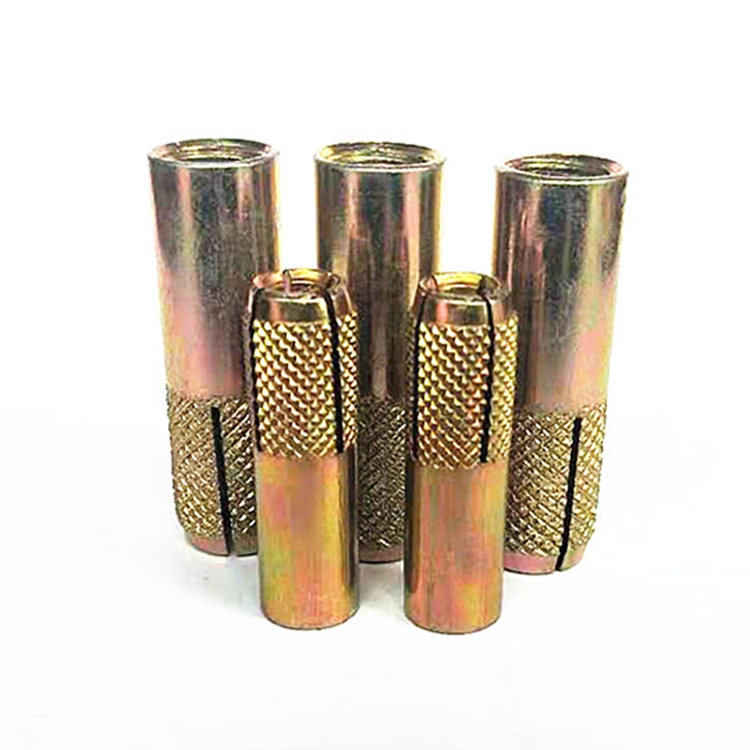iso flange head bolts manufacturer
Dec . 12, 2024 21:11 Back to list
iso flange head bolts manufacturer
Understanding ISO Flange Head Bolts A Comprehensive Overview
In the world of engineering and manufacturing, the importance of reliable fastening solutions cannot be overstated. Among these, ISO flange head bolts stand out due to their unique design and versatility. This article explores the characteristics, applications, and manufacturing standards associated with ISO flange head bolts, providing valuable insight into their significance in various industries.
What are ISO Flange Head Bolts?
ISO flange head bolts are specialized fasteners that incorporate a wide, flat flange underneath the head. This design feature serves multiple purposes, including load distribution, increased strength, and improved resistance to loosening. The flange acts as a washer, providing a larger bearing surface and minimizing the risk of damage to the joined materials.
The International Organization for Standardization (ISO) has established specific standards for the manufacturing and performance of these bolts, ensuring consistency and reliability across different applications. ISO standards designate various specifications, such as material types, mechanical properties, and dimensions, allowing manufacturers to produce high-quality products that meet international expectations.
Key Characteristics of ISO Flange Head Bolts
1. Design The flange design allows for better load distribution, reducing the risk of material deformation. This is particularly advantageous in applications where high torque is required.
2. Strength ISO flange head bolts are typically made from high-grade materials, including carbon steel and stainless steel, enhancing their load-bearing capacity and durability.
3. Corrosion Resistance Many manufacturers offer flange head bolts with coatings or made from corrosion-resistant materials, ensuring they can withstand harsh environments.
4. Ease of Installation The flange head provides a larger surface area for tools, making installation and removal more straightforward compared to traditional bolts.
5. Versatility ISO flange head bolts are used across various sectors, including construction, automotive, aerospace, and machinery. Their adaptability makes them suitable for multiple fastening applications.
Applications of ISO Flange Head Bolts
ISO flange head bolts are utilized in numerous applications where reliability and strength are paramount. Some common uses include
- Machinery Assembly In manufacturing environments, these bolts are often used to secure components together in machines, ensuring stable operations under dynamic loads.
iso flange head bolts manufacturer

- Structural Engineering In construction, flange head bolts are frequently employed to connect steel beams, panels, and other structural elements, providing the necessary strength and stability
.- Automotive Industry Manufacturers use flange head bolts in vehicle assembly to secure engine components, chassis parts, and body panels, benefiting from their ability to withstand vibrations and impacts.
- Aerospace Applications The aerospace sector demands high-performance fasteners that can endure extreme conditions. ISO flange head bolts meet these requirements, making them suitable for aircraft assembly.
Manufacturing Standards and Quality Control
Manufacturers of ISO flange head bolts must adhere to strict quality control measures and ISO standards. This ensures that each batch of bolts meets specific criteria regarding dimensions, hardness, and tensile strength.
The production process typically involves
1. Material Selection High-quality raw materials are critical. Manufacturers often choose high-strength steel or stainless steel to ensure durability and performance.
2. Forging and Machining The bolts are forged into shape, followed by machining processes to achieve precise dimensions and surface finishes.
3. Heat Treatment Many bolts undergo heat treatment to enhance their mechanical properties, such as tensile strength and toughness.
4. Surface Treatment Coatings, such as zinc plating or anodizing, may be applied to improve corrosion resistance and aesthetic appeal.
5. Testing Rigorous testing procedures, including tensile tests, hardness tests, and dimensional checks, ensure that every bolt meets the required standards before being dispatched.
Conclusion
ISO flange head bolts represent a critical component in many engineering applications, providing strength, reliability, and versatility. Their unique design and adherence to international standards make them a popular choice across various industries, from automotive to aerospace. As manufacturing processes continue to evolve, the demand for high-quality, ISO-compliant fasteners will only increase, underscoring the importance of these essential components in modern engineering and infrastructure development.
Understanding the significance of ISO flange head bolts can empower engineers and manufacturers to make informed decisions when selecting fastening solutions for their projects, ultimately leading to safer and more robust structures and machinery.
Latest news
-
Reliable Wire Bolts Suppliers | Quality Zinc Plated Fasteners
NewsAug.26,2025
-
Wire Bolts Suppliers: Durable & Reliable Fasteners for Every Project
NewsAug.25,2025
-
Premium Cabinet Bolts Supplier | Wholesale & Custom Solutions
NewsAug.24,2025
-
Reliable Axle Nuts Supplier | Quality & Precision Fasteners
NewsAug.23,2025
-
Durable Bolts for Lawn Mower Handle - Top Supplier & Manufacturer
NewsAug.22,2025
-
High-Quality Bolts for Lawn Mower Handle Supplier & Manufacturer
NewsAug.21,2025
